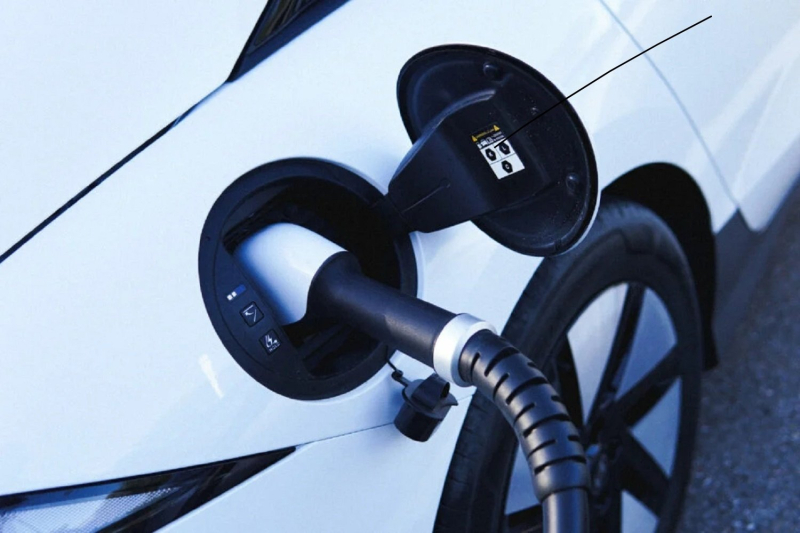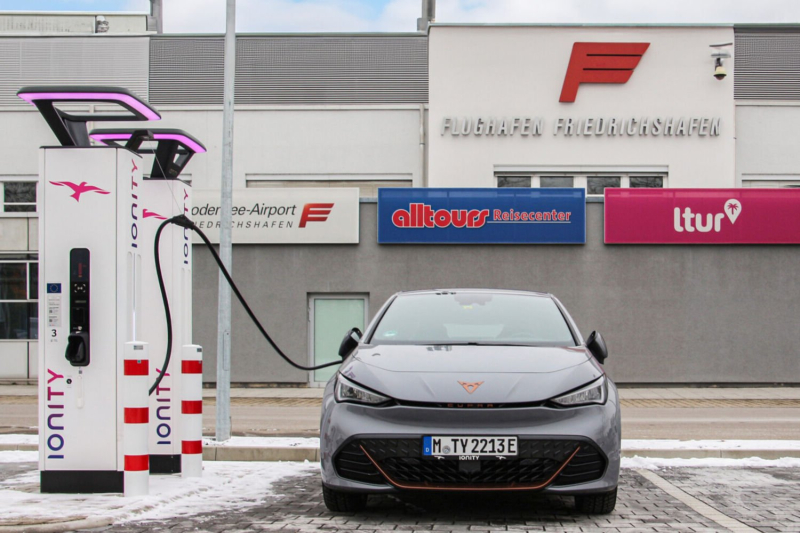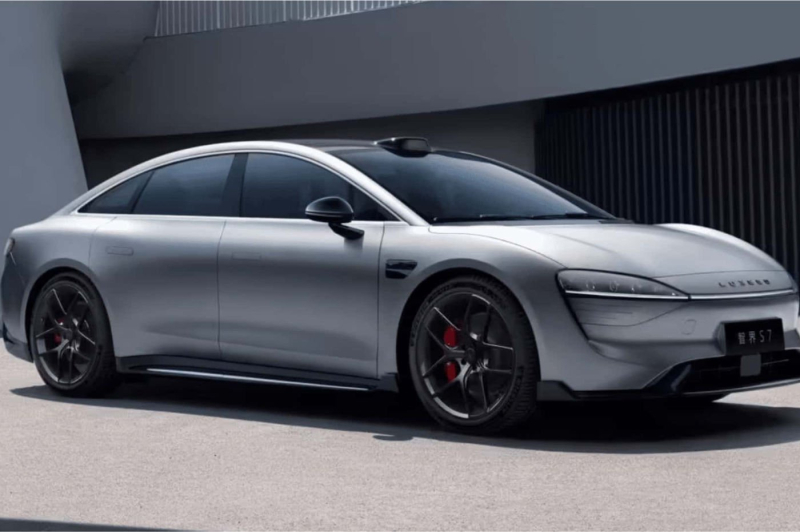
© Lemon squeezer
It is often said that electric cars are more advantageous than their thermal counterparts. But in reality, what is it really ? What are the real advantages, but also the disadvantages of electric vehicles ? We take stock here.
What are the main advantages of driving an electric car (comfort, maintenance, noise) ?
The main advantage of the electric car is its comfort and silence. Quiet not only when starting, but also when driving, it takes advantage of the absence of a thermal engine to eliminate all related noises, and at the same time eliminates the various vibrations usual for thermal vehicles.
And then, who says absence of thermal engine means absence of gearbox. It is therefore not necessary to have to change up a gear or down a gear every 10 seconds on a short journey, for example. Driving comfort is then greatly improved, in addition to offering a quiet cabin, more conducive to discussions or listening to the radio or music.

© ionity
Be careful however, this silence inherent in all electric cars can be a danger to pedestrians, who will necessarily have fewer audible clues to the arrival of a car electric. To reduce this risk, various new electric vehicles now emit a special sound to signal their arrival on the road in an urban environment.
Note also that electric cars have much fewer wearing parts than a thermal car (no timing belts, pistons, exhaust pipes, spark plugs, etc.). Thus, these vehicles are less likely to break down, and are easier to maintain in the long term.
What are the advantages of the electric car for ecology ?
The electric car has a much lower impact on the environment compared to its thermal cousin. When it is in motion, it does not emit CO² or hydrocarbon smoke and generates very few fine particles. This is therefore largely advantageous compared to thermal models, but it is not a 100% clean vehicle.
Indeed, the manufacture of the vehicle itself generates CO² emissions (especially for its battery). The same applies to the supply chain of raw materials, from the electrical source for recharging or even its recycling at the end of its life, which can generate fine particles and greenhouse gases.
However, under pressure from Europe and many NGOs, various players are currently working to reduce the carbon footprint as much as possible when building an electric model in order to make it as green as possible. Despite everything, the carbon footprint of an electric car remains, whatever happens, more advantageous than that of a thermal car.
How much can you save with an electric car ?
The main argument used in the acquisition of an electric car lies in its economic aspect in use. In fact, it costs an average of €2.20 in electricity to travel 100 kilometers in an electric car, while it will cost €10 in fuel for a model that runs on diesel or €12 for a conventional gasoline vehicle.
In other words, the more you drive your electric car, the more you will save compared to a thermal vehicle. Of course, the purchase price of an electric car is generally higher, but by following this equation, it is quickly amortized by the cost of use.
200% Deposit Bonus up to €3,000 180% First Deposit Bonus up to $20,000
© Luxeed/Huawei
What are the main constraints of electric cars ?
Despite their undeniable qualities, the perfect vehicle still does not exist, and electric cars are subject to various drawbacks that can have a considerable impact on a consumer's decision. Here, we return to the main points of disconnection of electric cars compared to thermal vehicles.
Recharge and autonomy
On the one hand, it is obvious that the autonomy of an electric model is directly conditioned by its battery. Thus, long journeys will be largely inadvisable, since an electric car will not be able to travel 1000 kilometers in a row without needing to be recharged. In other words, it is a vehicle to be preferred in the city, or for intermediate journeys not exceeding 400 kilometers.
Charging a battery can also take some time. If you are driving 700 kilometres, for example, you may need to charge your electric car twice. Each charge will take time, much longer than if you were to put petrol in your combustion engine vehicle. This charging time obviously depends on your battery (the bigger it is, the longer it will take to charge), but also on the charging station.

© Kindel Media/Pexels
So, it will be faster to recharge an electric car battery if you take advantage of a terminal offering direct current, in which case it will only take you a few minutes to recharge. Be careful, however, that these terminals offer a service that is necessarily more expensive. If no fast terminal is accessible, you will sometimes have to count on one or even two hours of recharging before you can get your vehicle back.
Also note that a study published this year reports that electric vehicles are sometimes more expensive to repair in the event of a breakdown.
Purchase price
Since electric vehicles are relatively new on the market, they often come with a higher purchase price than a combustion engine car. So, for a classic electric city car, expect to pay around €30,000 on average. Of course, this higher cost will be offset by lower energy prices, but it requires a larger one-off investment than a classic thermal car.
Environmental issues
No, electric vehicles do not emit greenhouse gases when in use. However, this does not mean that they are completely green. The batteries have a limited lifespan, and they need to be replaced after eight or ten years of service.

© Image generated by Dall-E artificial intelligence
These batteries, most of which are made from lithium, are built in environmentally unfriendly conditions, generating fine particle emissions, while requiring very large quantities of water. On the other hand, working around used batteries is a problem that has not yet been resolved in Europe, particularly in waste management. But fortunately, their recycling has been steadily increasing for years. Especially since a good portion of the materials used in batteries can be used in the creation of new ones.
📍 To not miss any Presse-citron news, follow us on Google News and WhatsApp.

